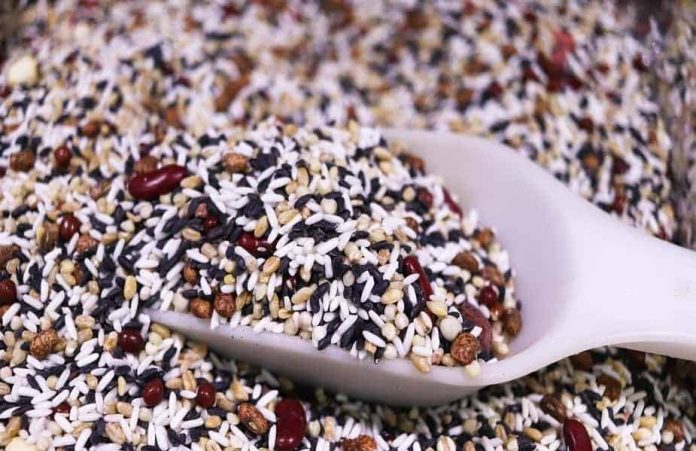Beans and rice, that should be an essential staple in the pantry of a prepper. And, if the 2020 pandemic showed us anything, it’s that we can never be too prepared for any kind of shortages. But apart from prepping or pandemic, I just happen to enjoy getting in the house beans and rice. There’s so much you might do with them.
So I’ll let you know in this article a very simple way to dry rice and beans can last you on the shelf for at least 20 years. And as soon as the shortage is over I’ll do a much bigger batch than I can do for this demonstration and article at the moment.
Sure, the beans and rice could be stored in plastic storage bins. But that won’t stop bugs and larvae from eventually getting in. Indeed, inspect them thoroughly when you open the bags and boxes of beans and rice before dry canning. This process will however kill unseen bugs or larvae that you may miss.
Supplies for Dry Canning Beans and Rice
The process is not only fairly simple, but the list of supplies is quite short. Here’s what you’ll want or need:
- Dry Beans – dry beans of any type, or a variety
- Rice-any kind of rice works
- Jars and lids canned-whatever size you want
- Funnel – not needed but could make it easier
- Oven
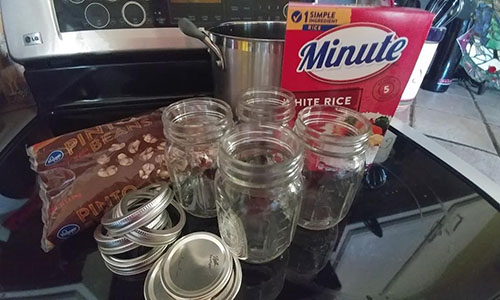
I love all beans for the beans but for this demonstration I use pinto beans. I’ll do that with black beans as well, and split peas in the future, because I use both very often. For bean soups, you might do some jars of mixed beans too.
Also, knowing that rice and beans can be purchased in bulk is good too. So, if you’re going to want hundreds of jars each, no problem. Only now that if you’re in a mine-like area right now, you may have to wait until the shortage is over, before you can do big batches.
Step 1
For a steam bath (about 15 minutes), place the jars in a pot with about 1 “of water and a splash of vinegar to sterilize them. Let them steam for about 15 minutes, with the pot cover.
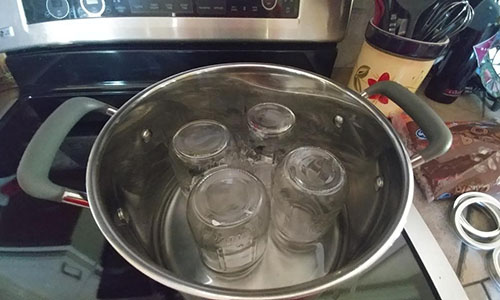

Step 2
Dry the jars thoroughly by wiping them with a clean cloth first, then put them in the oven at 220 °C until they are thoroughly dry (about 30 minutes). Let the jars cool down before the next step, completely.
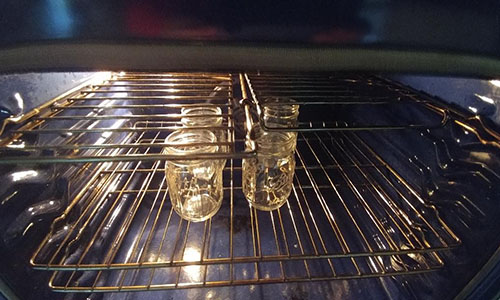

Step 3
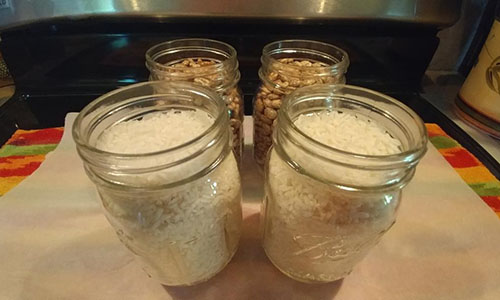

Step 4
Depending on the size of the jars, place the jars (without lids) in the oven at 220 °C for about 60-90 minutes. The bigger the pot, the longer the time.
You can put the lids in a small pan and then place the pan for the last 15 minutes in the oven, which will sterilize them and heat them up for a good seal.
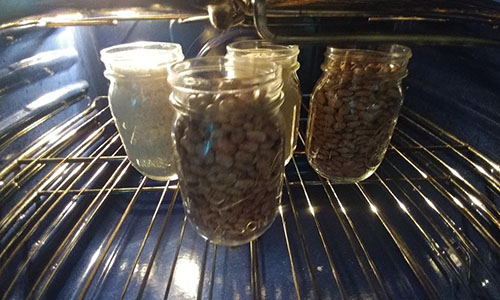

Step 5
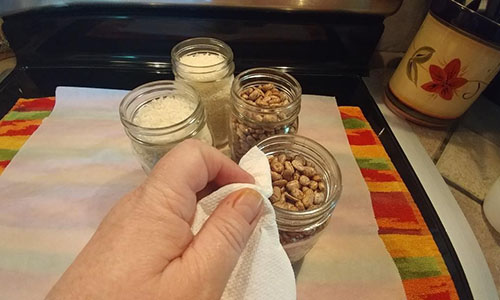

Step 6
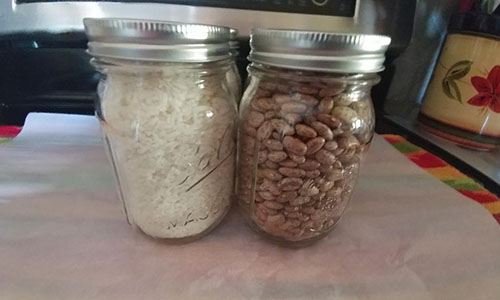

You can store the unopened jars for at least 20 years now that the beans and rice have been dry canned. Some people swear they have been going through success for up to 30 years.
Other items you might want to dry may include: dry pasta, dry oats, dry flour, dry spices, baking soda, baking powder.
You can even dry-can some baking mixes, as long as there are no nuts, shortening, oils or brown sugar in them.



